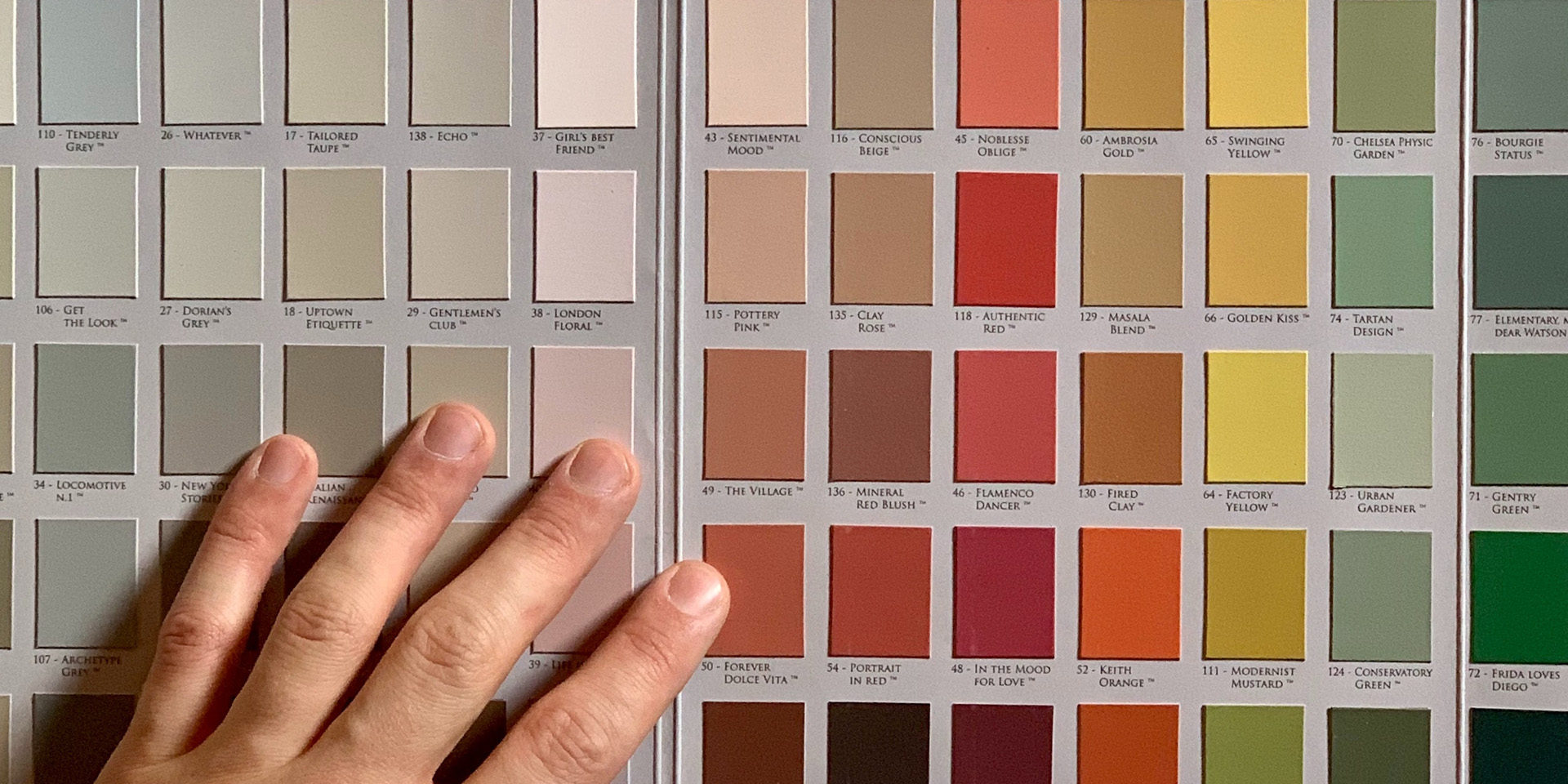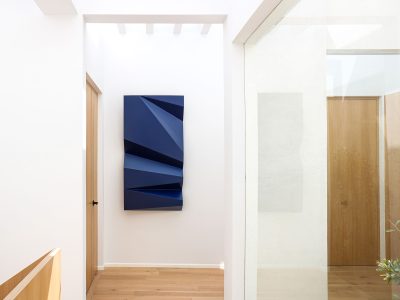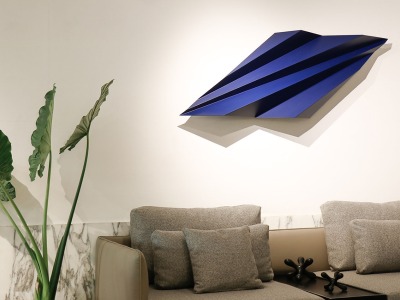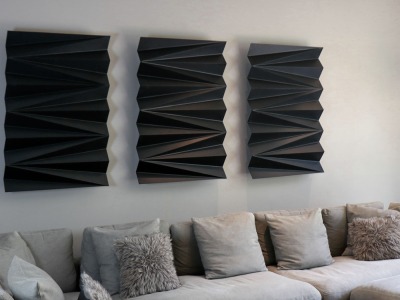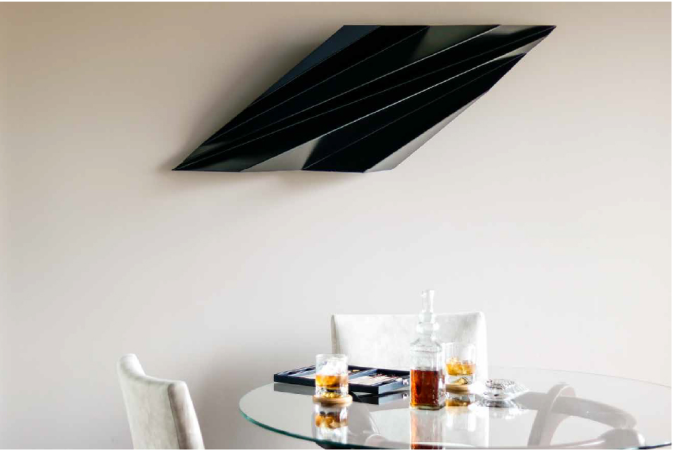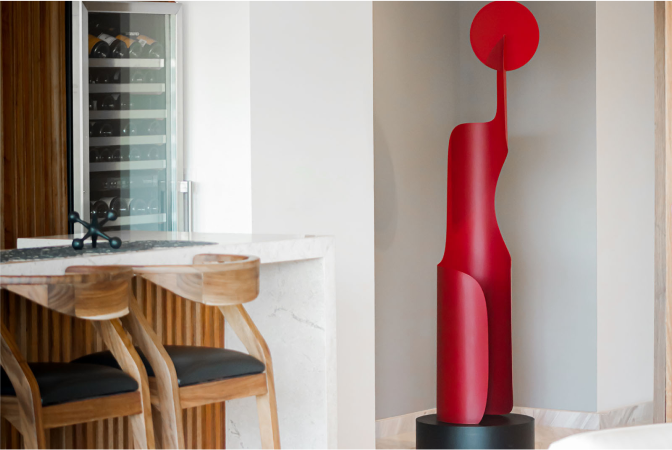A well-designed space relies on recurring themes to make it feel cohesive and intentional. It could be a specific architectural era or the repetition of a singular shape, but the easiest way to make a huge impact is with color choices. It’s easy to establish the right color palette for your home. Just follow these tips!
Getting Started: Gaining Inspiration for Your Wall Color Combinations
Have you ever wondered why hotels, restaurants, and model homes always look so put together? It’s because they employ the power of a color scheme. They stick to 3-5 colors and incorporate them in different ways from room to room. And luckily, you can do the same. Just ask yourself the following:
- How do you want your space to feel?
- Is it calm and cool? Or loud and bright? All colors have the power to make us feel a certain way—think about which emotion you’re hoping to elicit.
- What colors do you love?
- Your space should feel like a reflection of you. So even if fuchsia is your favorite color, you should find ways to incorporate it (just maybe in smaller doses!).
- What colors are a part of your home already?
- Unless you’re building your own home, you are likely stuck with a few design elements that can’t be changed. Assess the colors and undertones of things like countertops, flooring, and existing furniture to help form your color scheme.
How to Create a Consistent Color Palette
Once you have an idea of what colors you like and how you want your home to feel, it’s time to determine your color palette that you can implement throughout your house. First, choose a base white. It may sound boring, but this will be what’s used for any trim work, doors, and cabinets. Look for one that matches the undertones of the existing flooring and furniture you plan on keeping. Next, choose a neutral color. This will be the dominant color used to connect open spaces, and since it will be prominently featured, we recommend staying in the grey-beige-tan family of colors. Finally, it’s time to introduce color! With the right white and neutral background, you can choose up to three saturated colors to round out your palette and begin applying it to your space.
What is the 60-30-10 Decorating Rule?
The 60-30-10 rule is a fool-proof way to incorporate your newly picked color palette. The rule holds that 60% of your space should be dedicated to your “dominant” color. That means walls, larger rugs and furniture should fall here. Next, 30% of the space is reserved for your “secondary” color. It should be within the same color family as your dominant shade, but different enough to create contrast. Use this for accent chairs, linens, and curtains. Finally, the remaining 10% should be your “accent” color. This is where the fun happens! Rely on artwork, decorative accessories or throw pillows to pull in this third element.
Good Color Schemes that Just Work: Our Favorites
If you recognize interior design as an art form, you know that certain combinations of colors, textures, and shapes can create a look that seems to work every time. Here are some fool-proof color combos we can’t get enough of:
The Classics: Everyday Color Palette Combinations
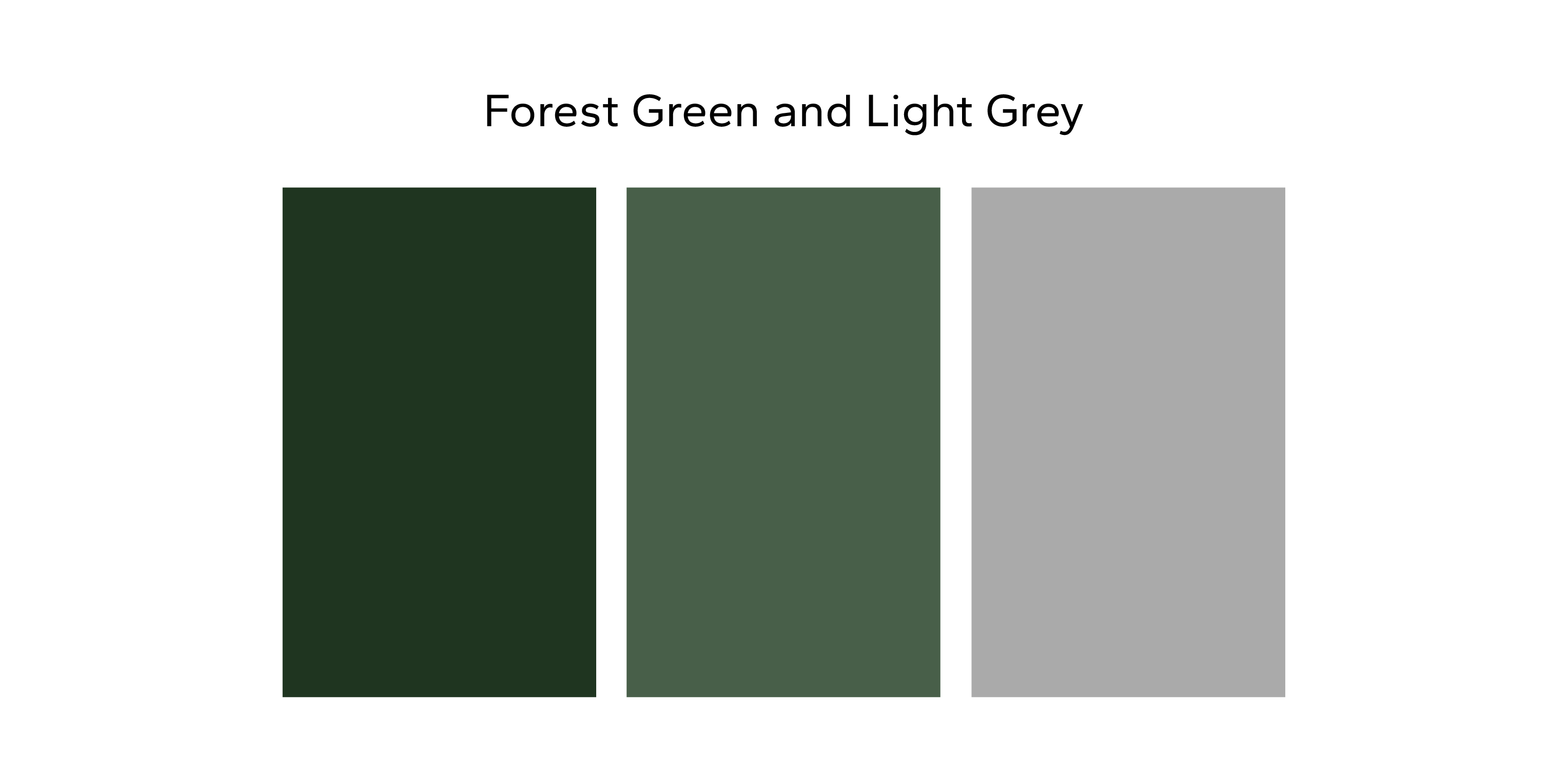
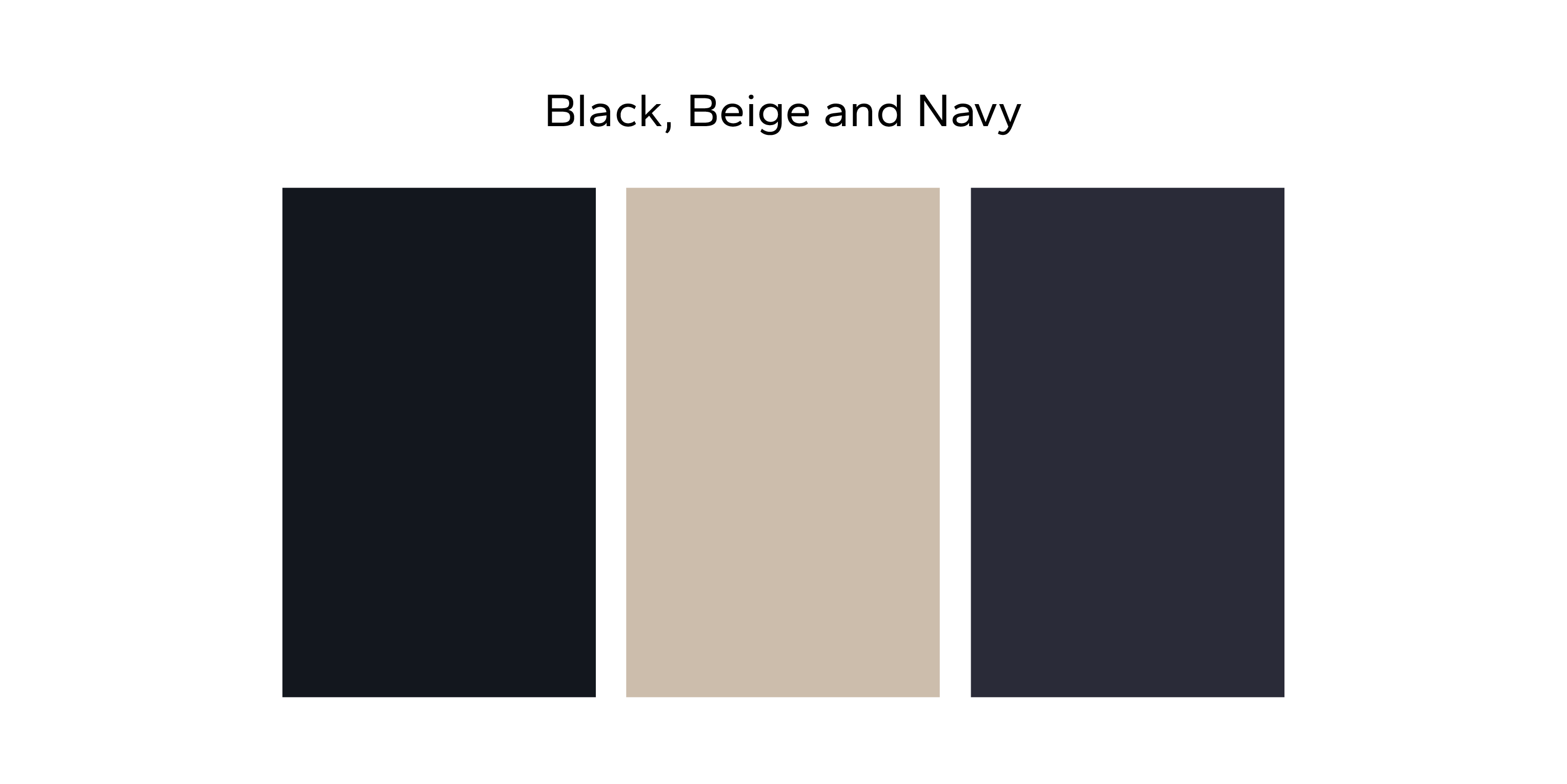
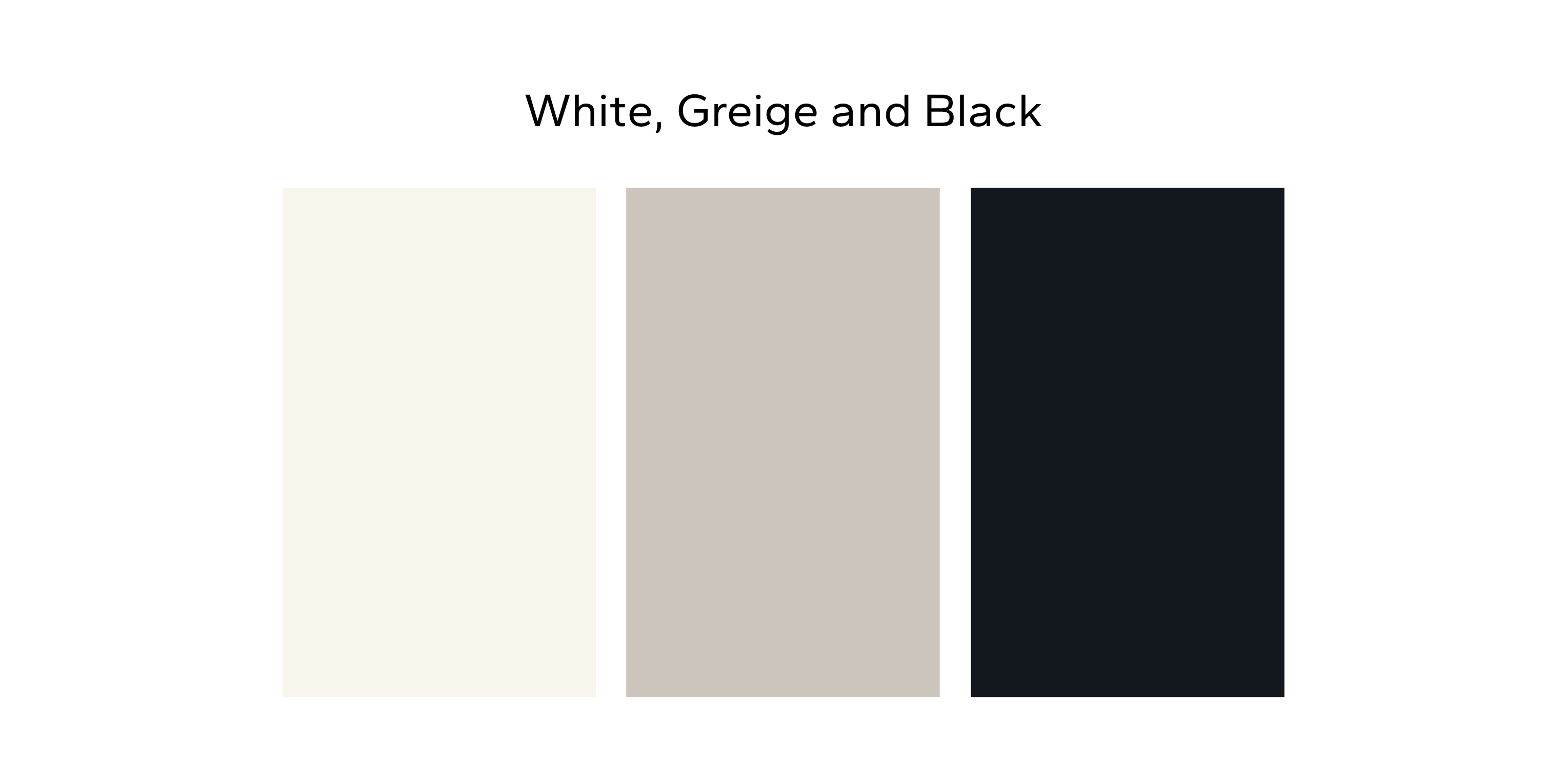
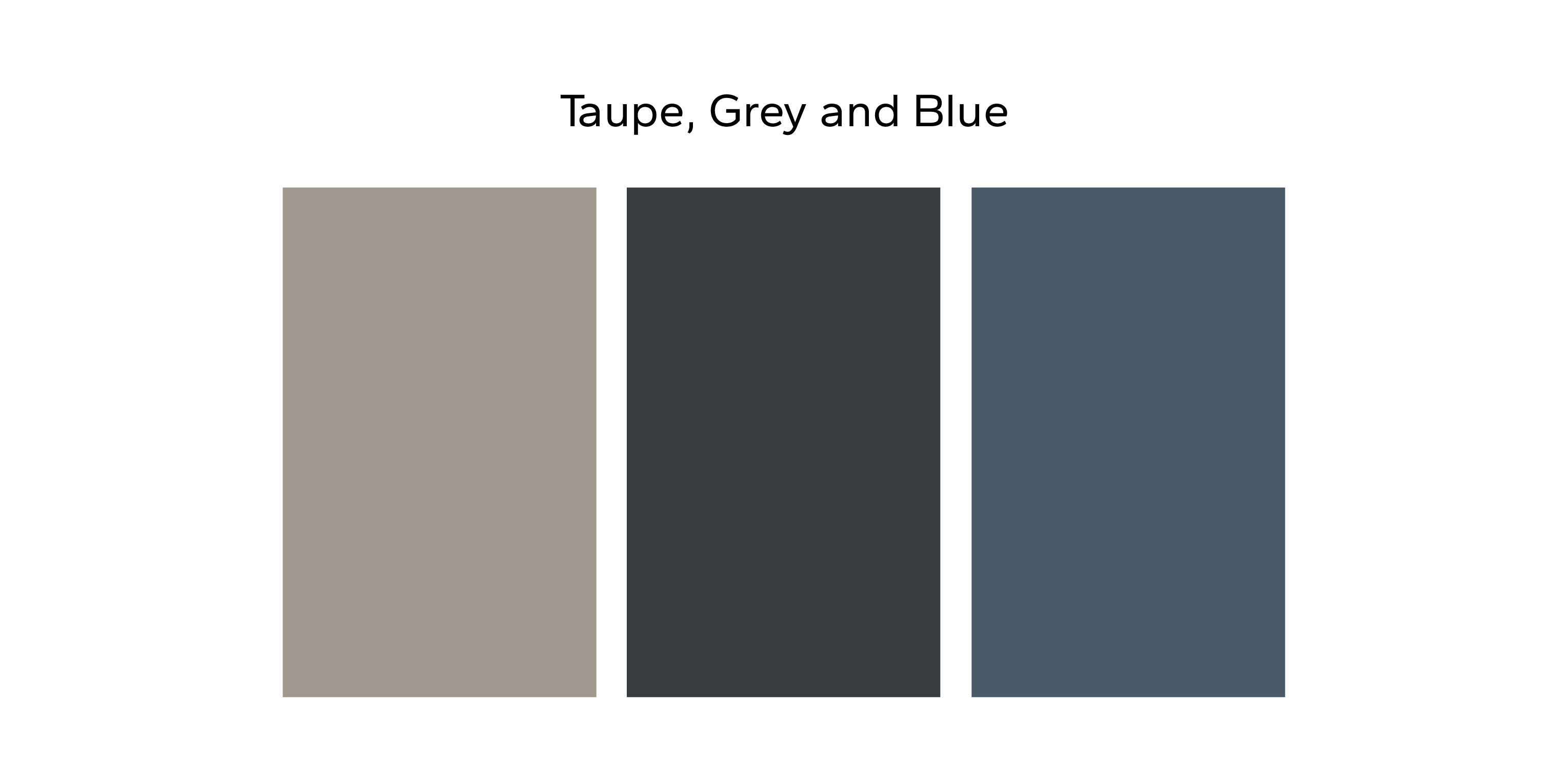
The Daring: Less Well-Known Color Schemes that Work
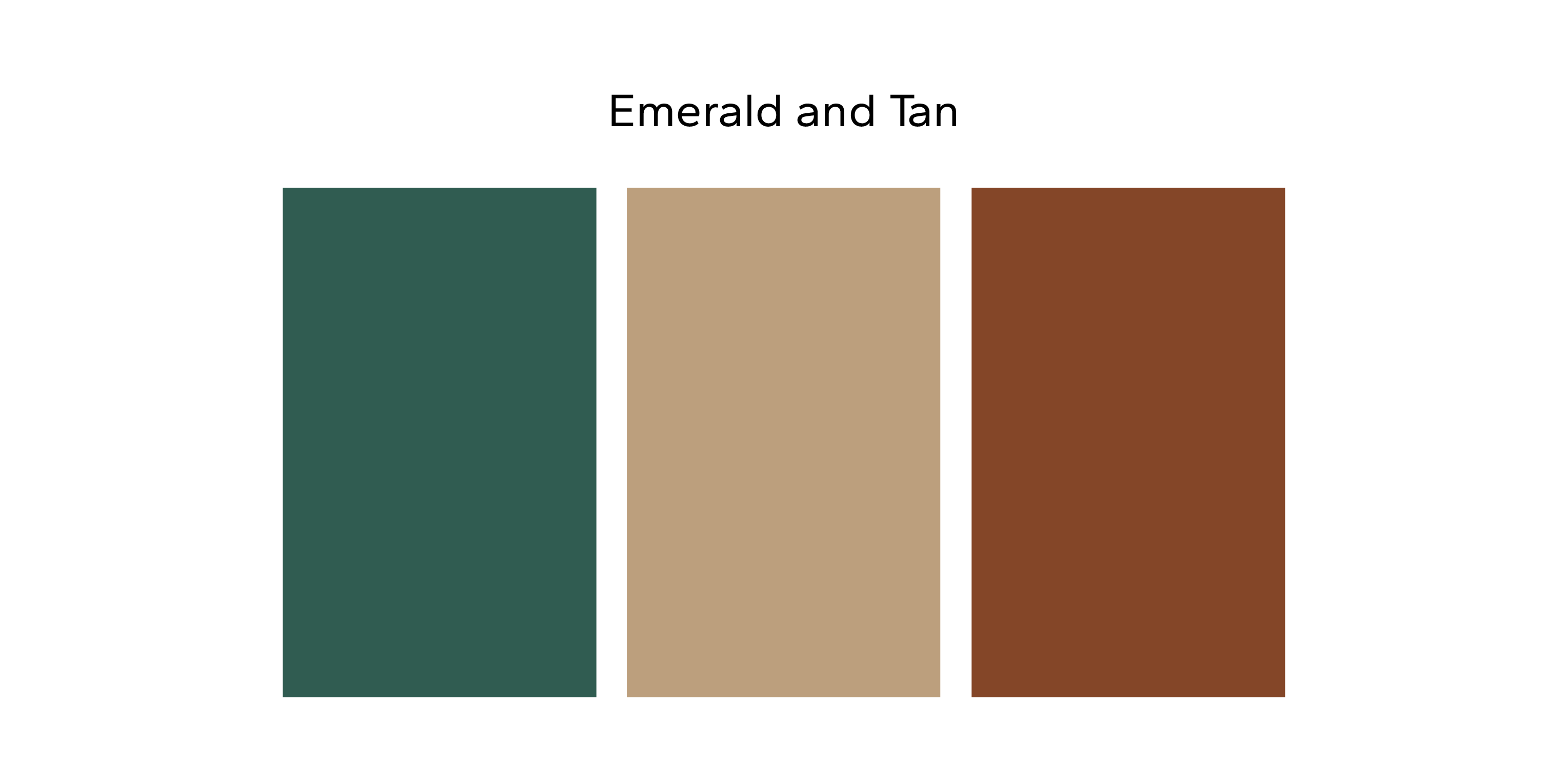
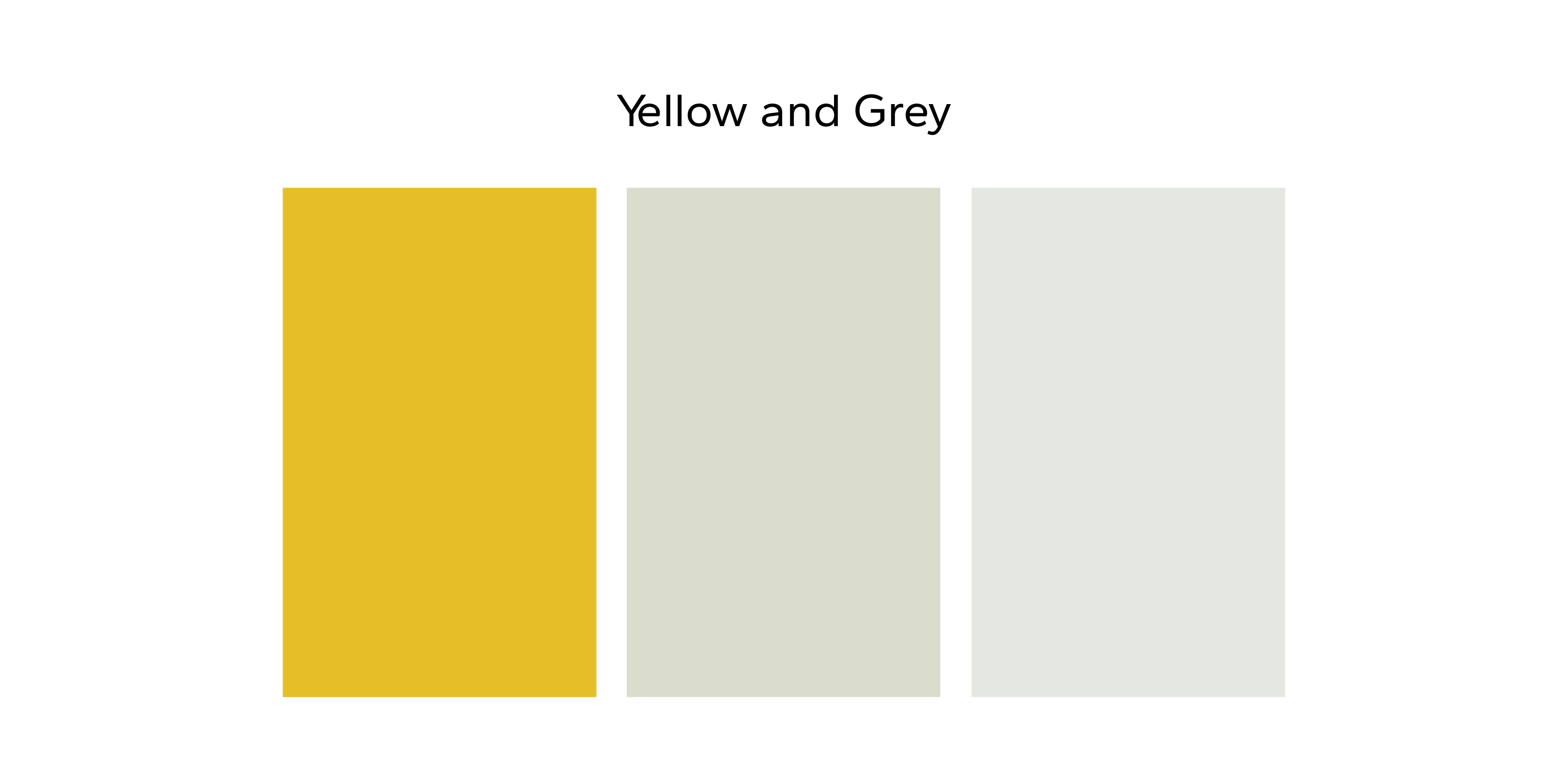
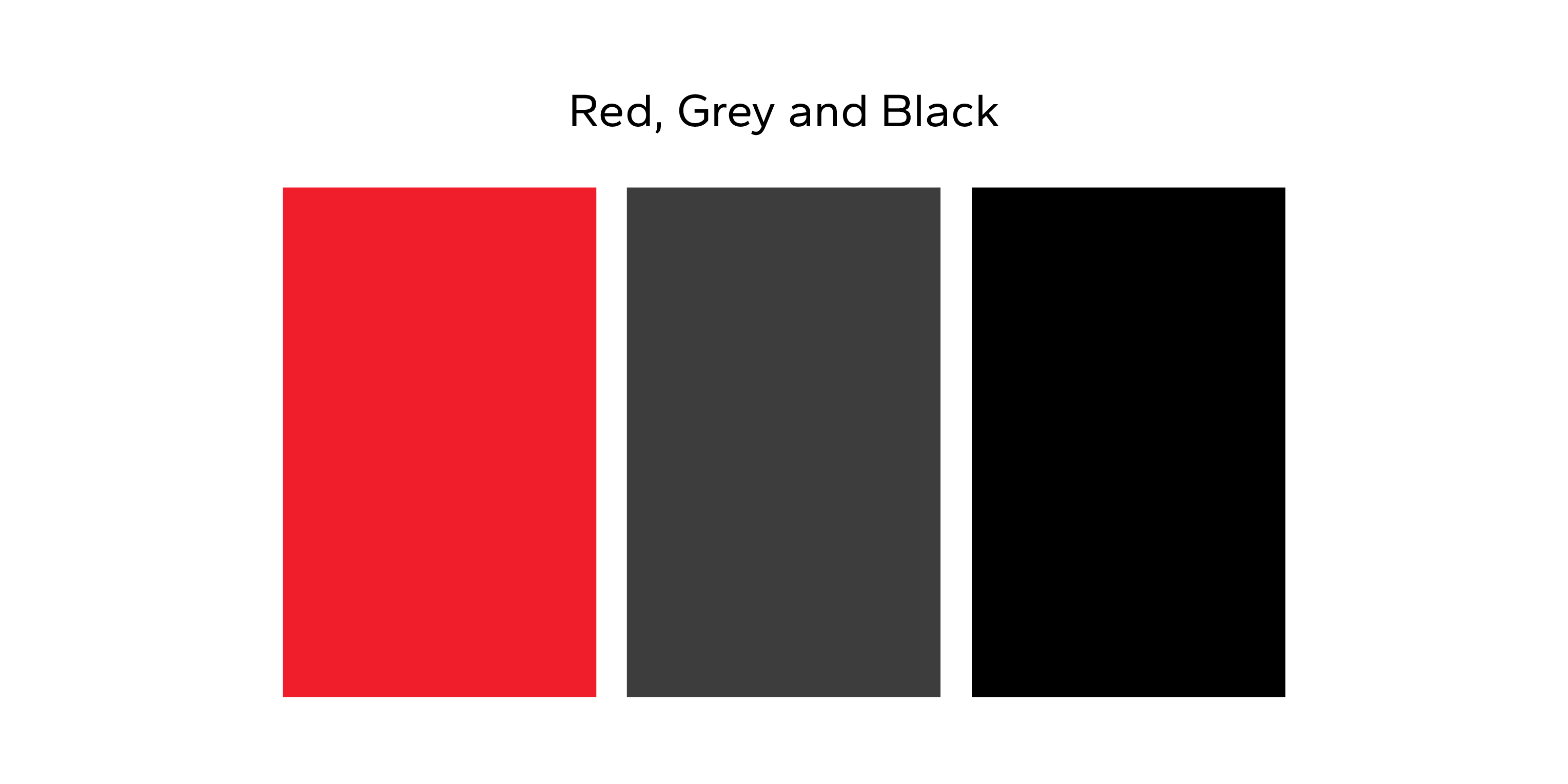
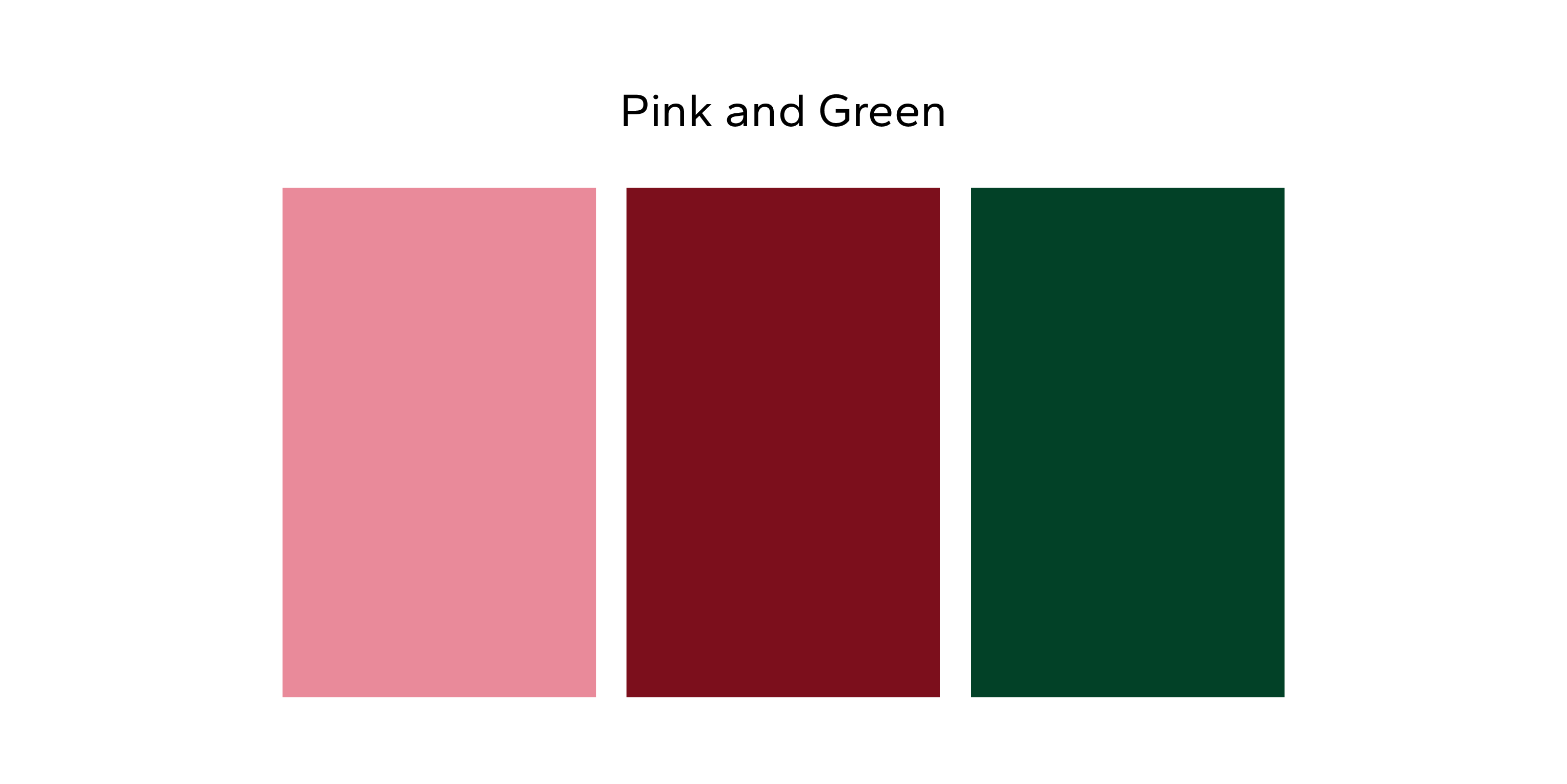
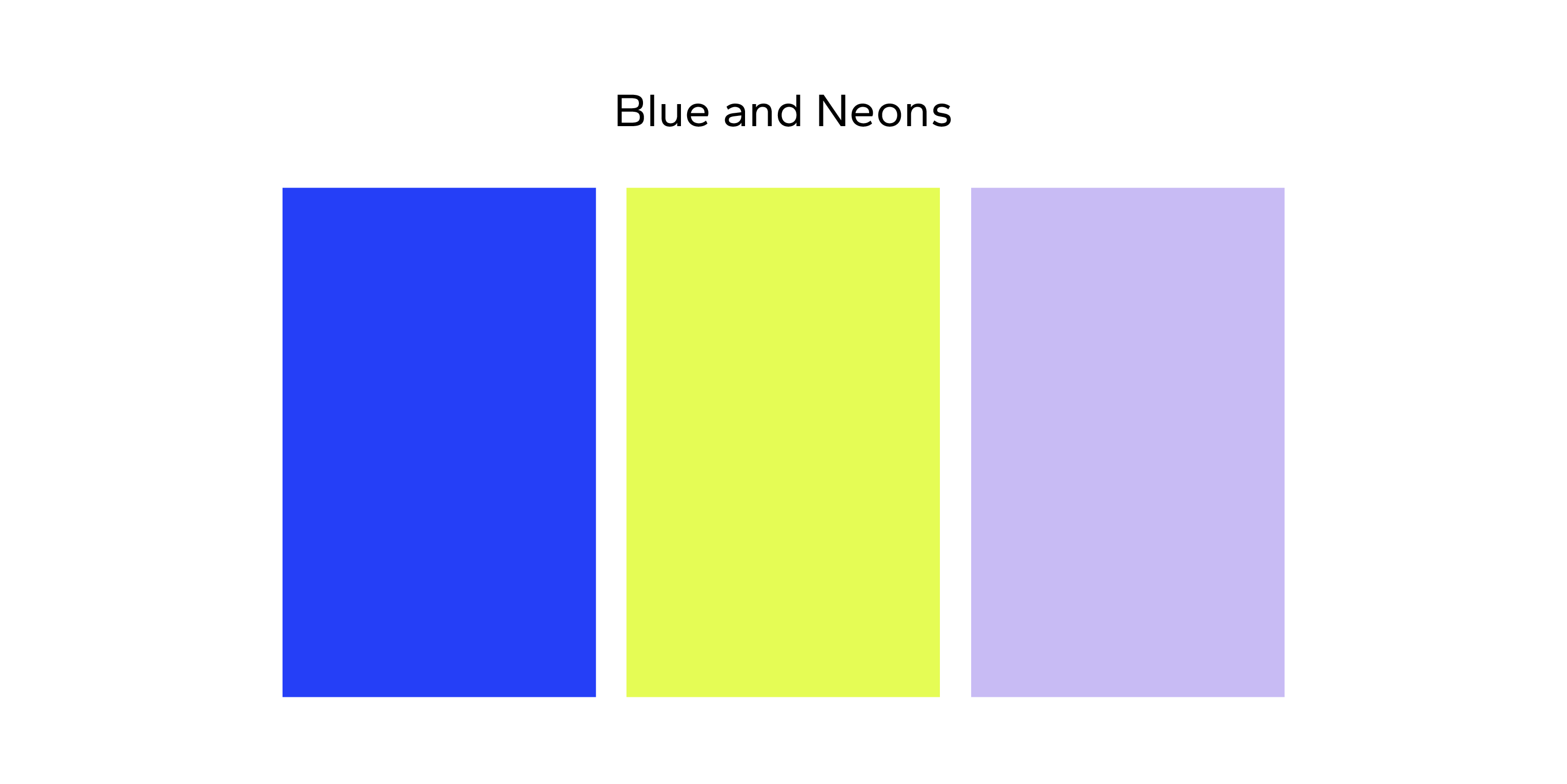
Exterior Vs. Interior Color Designs – What’s the Difference?
Other than the obvious (exterior color is outside and interior color is inside), the major difference when comparing interior and exterior colors is how light will affect them. Because the exterior of your home is subject to more natural and intense light, the color will look much brighter on your home than it would on a color swatch. In fact, designers recommend choosing a color two shades darker than the actual shade you want to counter any inevitable lighting conditions. And remember, to fully achieve a cohesive design that flows from the outside in, you’ll want to choose an exterior color that falls within the same family of the colors you’re featuring inside your home.
Summary
Creating a beautiful home is easy when you have the right tools. Determining your vision, understanding how you want the space to feel, then filling it with the right colors to evoke that emotion is how it all starts. To elevate your space even further, consider how a large standing or wall sculpture could transform your space. Each sculpture tells a story through its shape, design, and color. Find the one that most speaks to you, and let its beauty enhance your home’s new color story. Shop today for a timeless investment.
